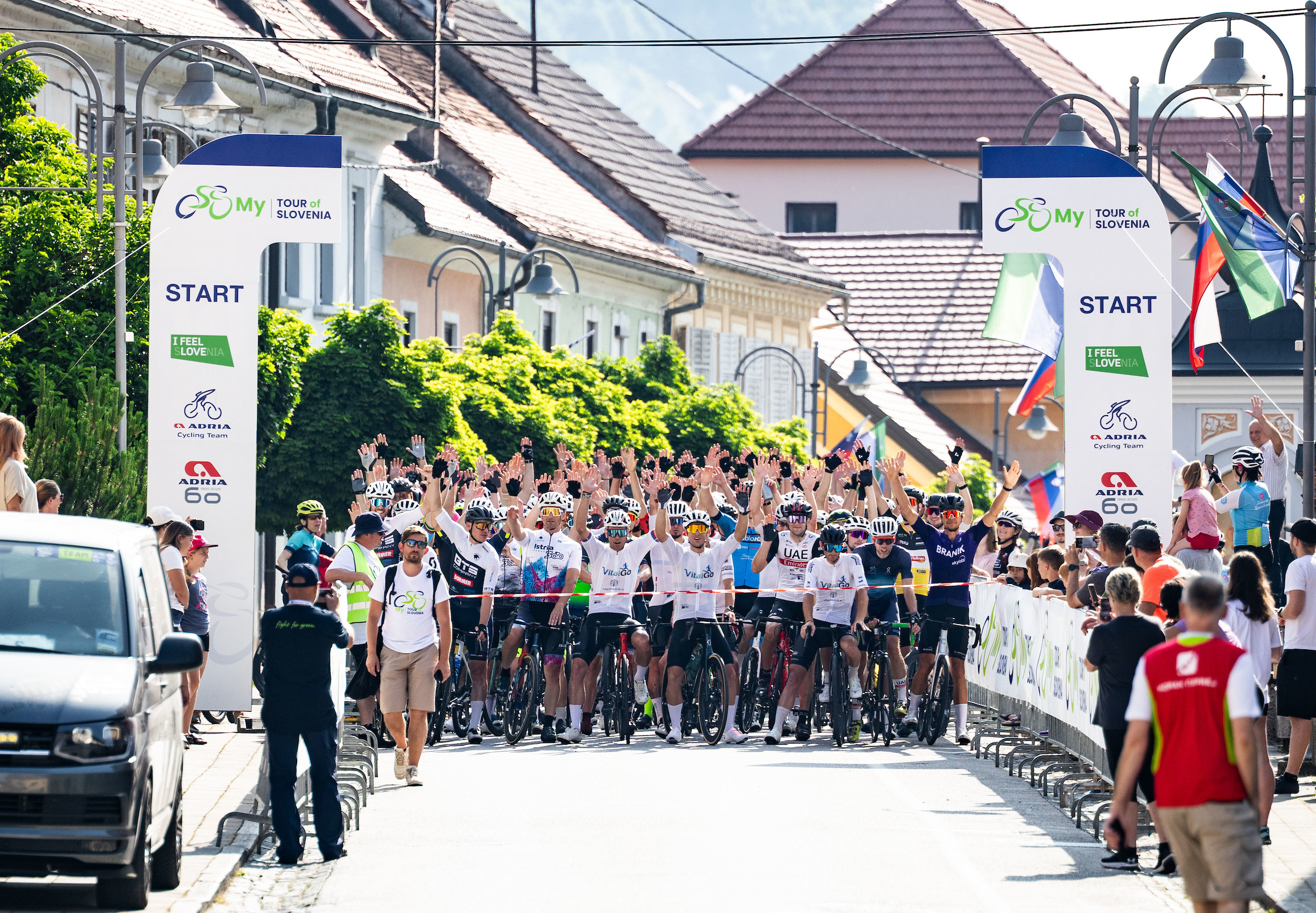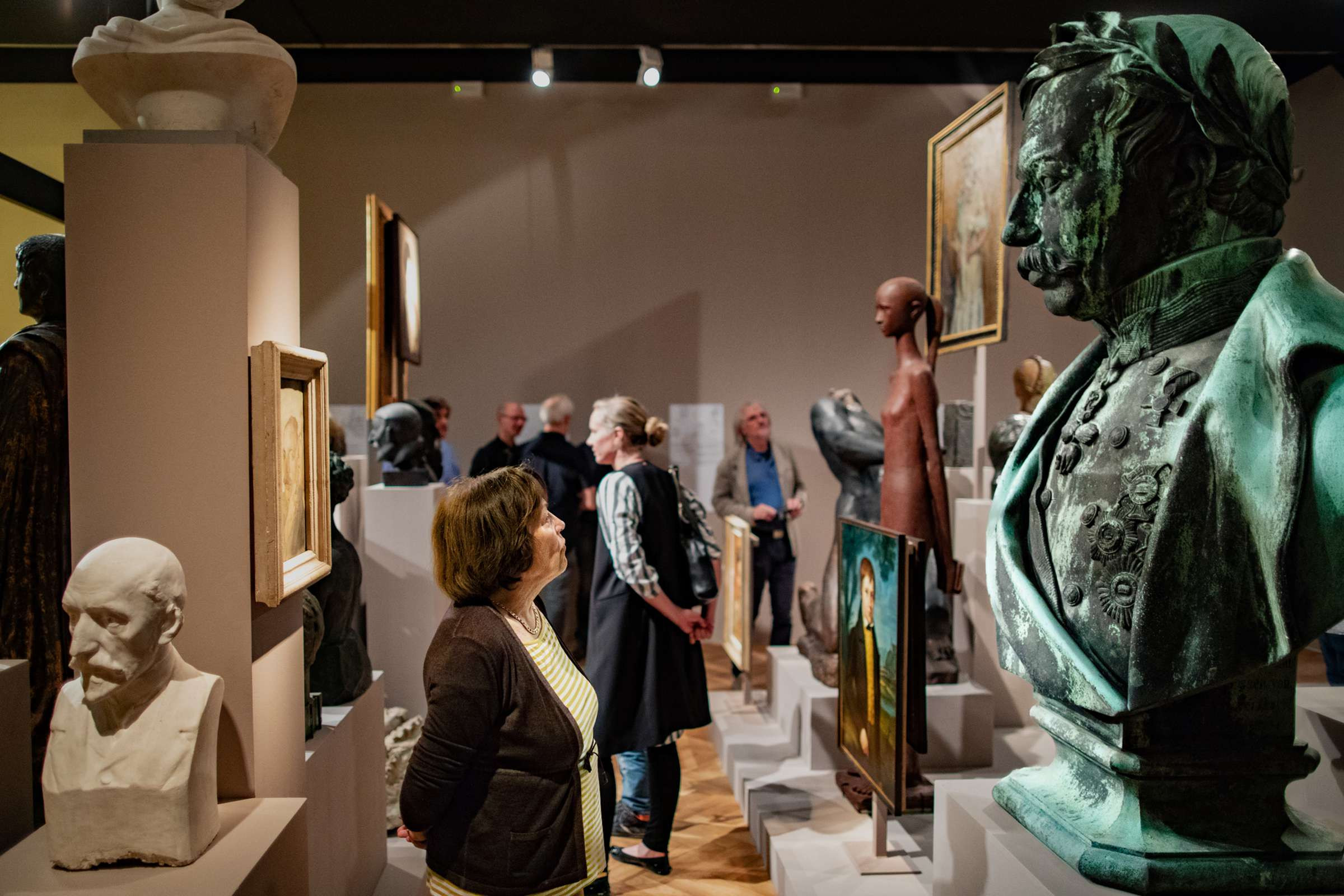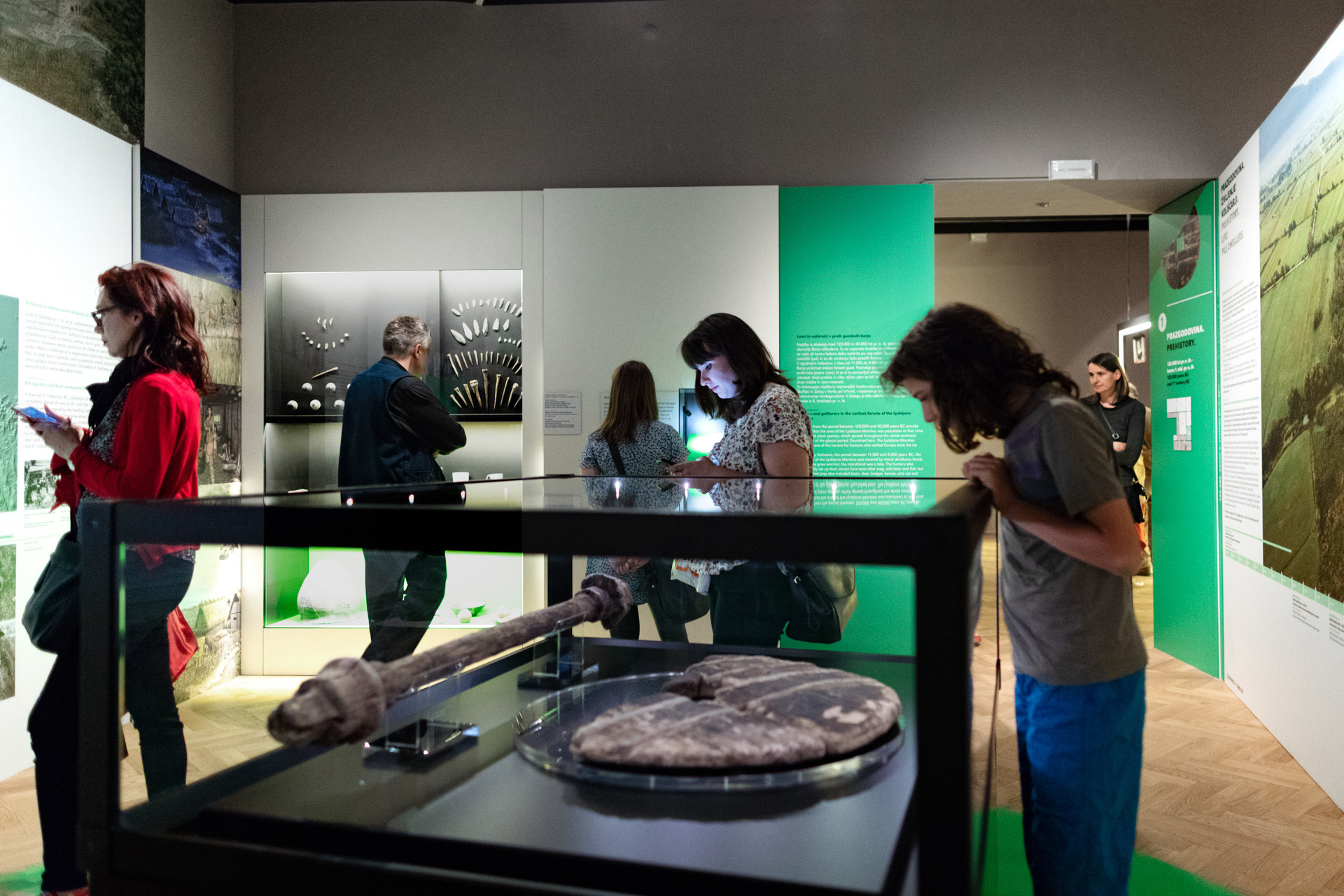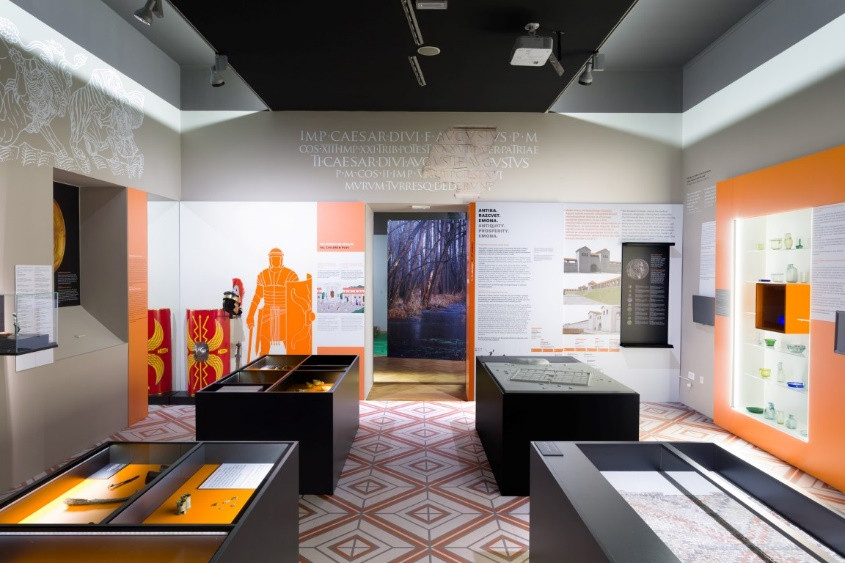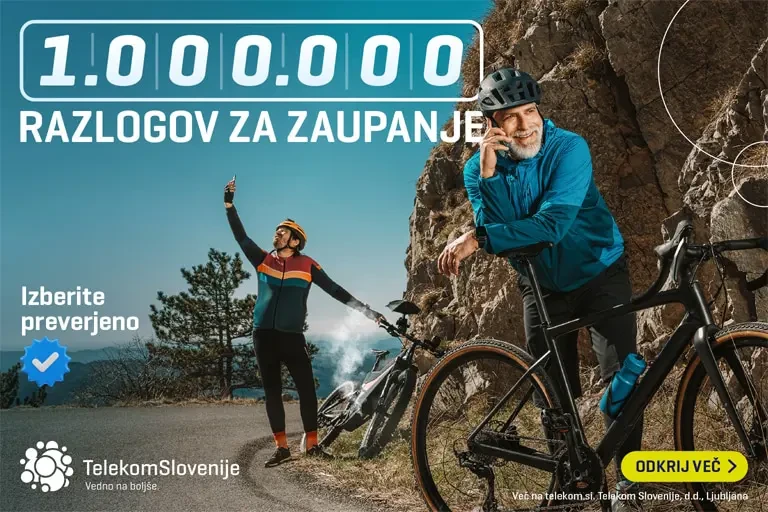Wheel 5200 again on display
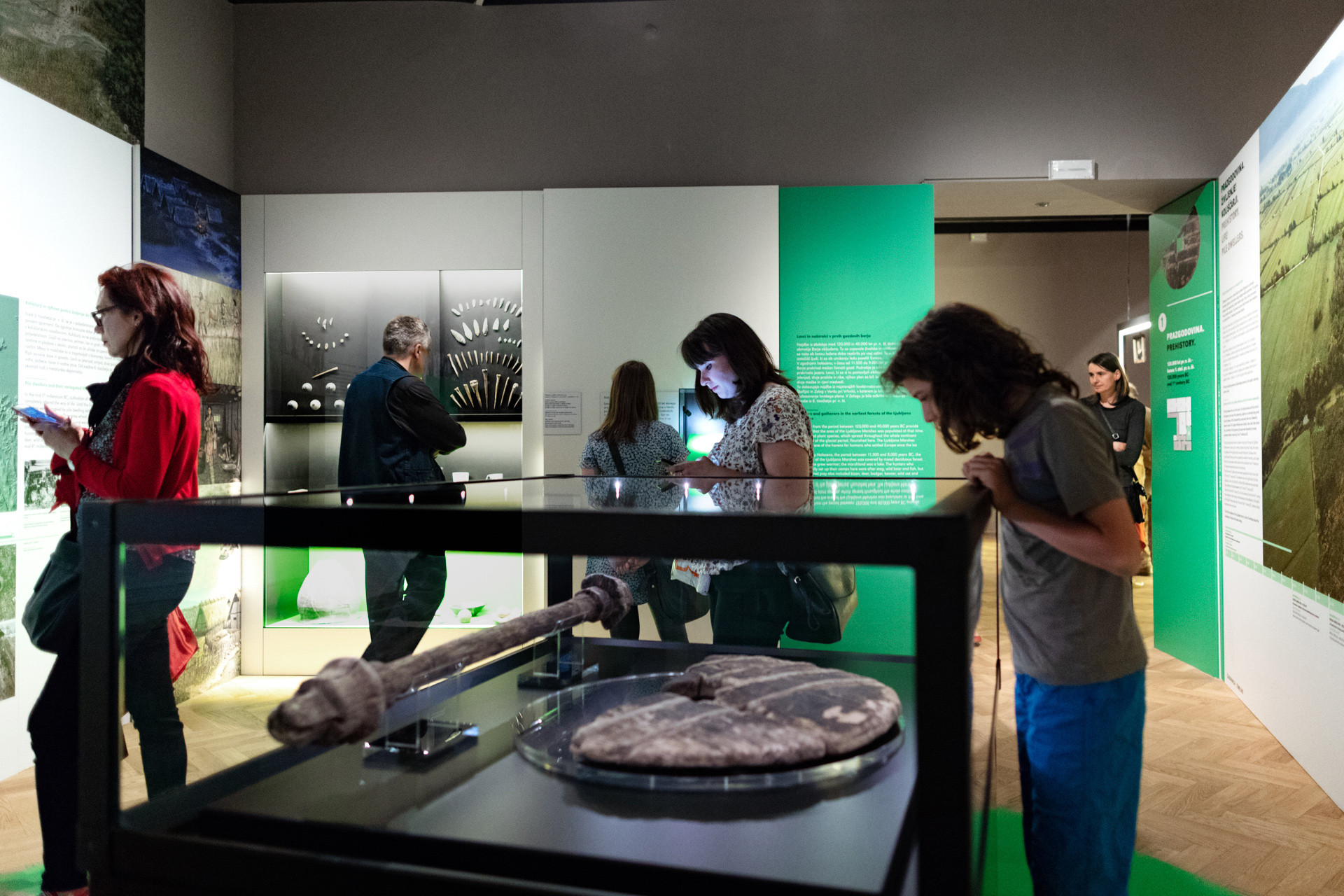
The long-awaited new permanent exhibition has opened at the City Museum of Ljubljana. The new exhibition, titled Ljubljana. History. City., brings a chronological overview of the Ljubljana basin area, from prehistory to today. The exhibition can be understood as the museum’s identity card, an important document of Ljubljana, and a new space where locals and tourists can meet and research the city. Centrepiece of the exhibition is wheel 5200 – an inspiration for the trophy of the overall winner of Tour of Slovenia.
Authors of the exhibition – a team of curators of the City Museum of Ljubljana under the guidance of Bernarda Županek, Ph.D. – gave emphasis on museum artefacts and a clear chronological presentation, which has been conceived by designer Metka Dariš. The exhibition, here to stay, found space for the world’s oldest wooden wheel with an axle, as well as the medal commemorating the formal declaration of Ljubljana as the capital of the Republic of Slovenia.
The exhibition offers local and foreign visitors an opportunity to learn about the history of Ljubljana, draws attention to the city’s important geostrategic position and to the extraordinary events in the history of the area, from prehistory to the 20th century. Among all important moments, emperors, kings, and presidents, visitors of the exhibition also encounter everyday life in the city, as the exhibition presents the lives of regular people who lived in the city and left their mark on it. Several long-standing local peculiarities can also be found at the exhibition, which differentiates us and our city from other European cities.
Blaž Peršin, Director of the Museum and Galleries of Ljubljana, commented on the exhibition, “Many artefacts with their stories offer insights on our capital city and its rich history. Since we are living in the digital age, the experience of an authentic museum artefact is something we now sorely need. This is exactly why we have decided for our exhibition to address its visitor with the iconic artefacts from our collection. We consciously wanted the museum artefact to be our focus. Lately we have too often been witnesses to exhibitions in which modern technology drowns out a visitor’s own imagination, we have become only silent observers of the virtual worlds that surround us.”
The project’s content manager, museum councillor Bernarda Županek, Ph.D., otherwise curator for Classical Antiquity and responsible for the new exhibition alongside the project manager Tamara Bregar, sees the new permanent exhibition as the museum’s identity card, and adds, “Permanent exhibitions are every museum’s identity cards. It has now been 81 years since the City Museum of Ljubljana opened its first permanent exhibition, and there have been quite a few of these identity cards since. All of them with different concepts, emphasises, approaches, and sizes. The exhibition Ljubljana. History. City. is the latest in this line. With it we are conceptually returning to the starting point: our exhibition is chronological, from prehistory to the 20th century, presentations are clear and self-explanatory, with key events emphasised. The focus of the exhibition is on its artefacts and the stories they tell.”
Museum artefacts and what curators, conservators, anthropologists, chefs, and hairdressers can tell us about them
The exhibition also offers an overview of Ljubljana’s history in a creative and fun way: interactive features (which are mostly designed for children, but adults always enjoy them too), short films (with cooking tips from chef Boštjan Napotnik and hair styling ones from Borut Kuster, statements from archaeologists on the ground-breaking discoveries, as well as descriptions of artefacts as seen by conservators, studied by physical anthropologists and known by curators), thematic guided tours (coming in autumn), and workshops (for various focus groups) offer visitors a more direct contact with history, even if they did not experience it themselves. The new permanent exhibition is thus an excellent start to the exploration of Ljubljana, or a space that can refresh and expand your knowledge of it.
Ljubljana as a crossroads where paths and people converge
In its history, Ljubljana constantly encountered various personages that left a mark on it. Many of them did not reach our textbooks, but they still enriched the city, contributed their stories, and made Ljubljana unique. A gallery of their portraits – local artist Damjan Kracina created it from the museum collection in collaboration with the MGML team, sound design was done by Sašo Kalan – alerts visitors at the beginning of the new permanent exhibition, in an original and surprising fashion, that it is the inhabitants and visitors of the city who create its full urban image.
On the history of Ljubljana also in the new monograph, to be published in autumn
From autumn onwards, the exhibition will be accompanied by a monograph which will present the most important chapters of our capital’s development.
The monograph’s editor, museum councillor Mojca Ferle, explains that the monograph, “is a popular science publication on the history of Ljubljana, with the presentation of five great periods of Ljubljana’s history: from the first human traces to permanent dwellings and the construction of prehistoric settlements, the time of the first city during the Roman period, the creation and development of the medieval agglomeration, and Ljubljana’s urban development during the Modern period with the dynamic political events of the 20th century.“
Words: Mestni muzej Ljubljana
Photos: Andrej Peunik/MGML
Latest news
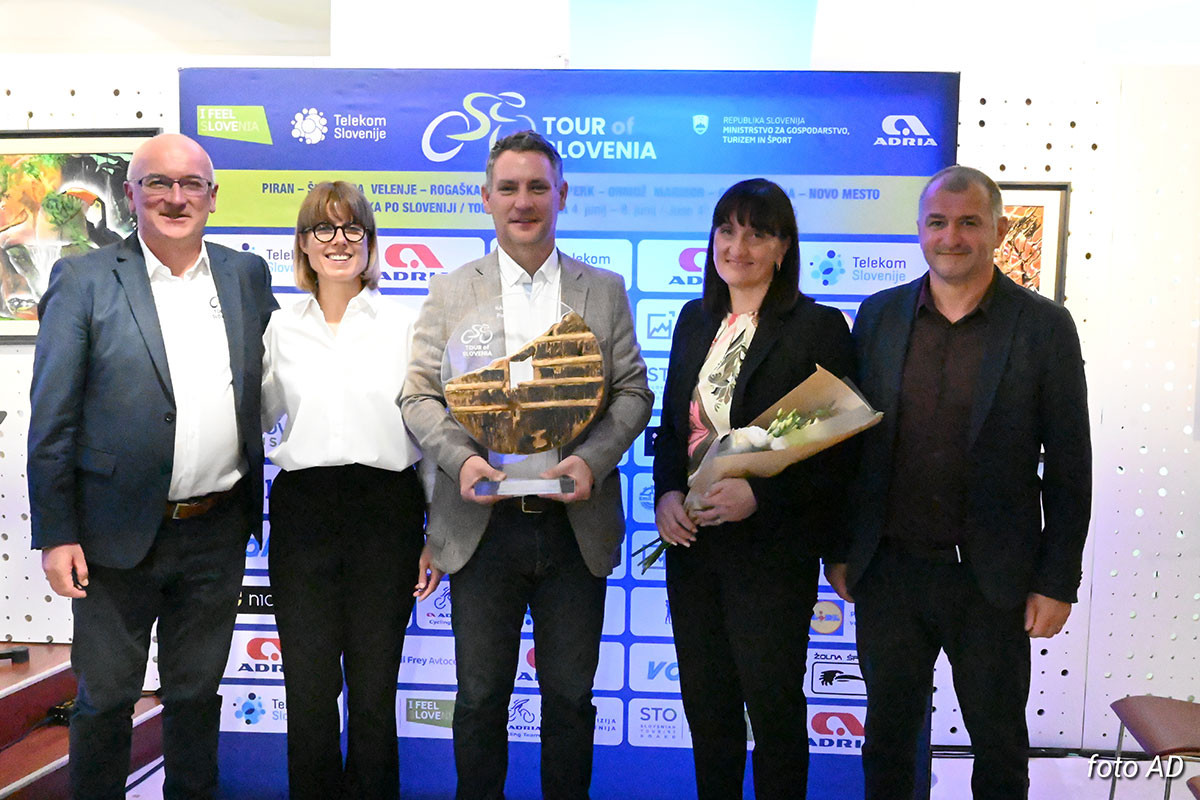
Naj gostitelj 31. dirke Po Sloveniji je Ormož
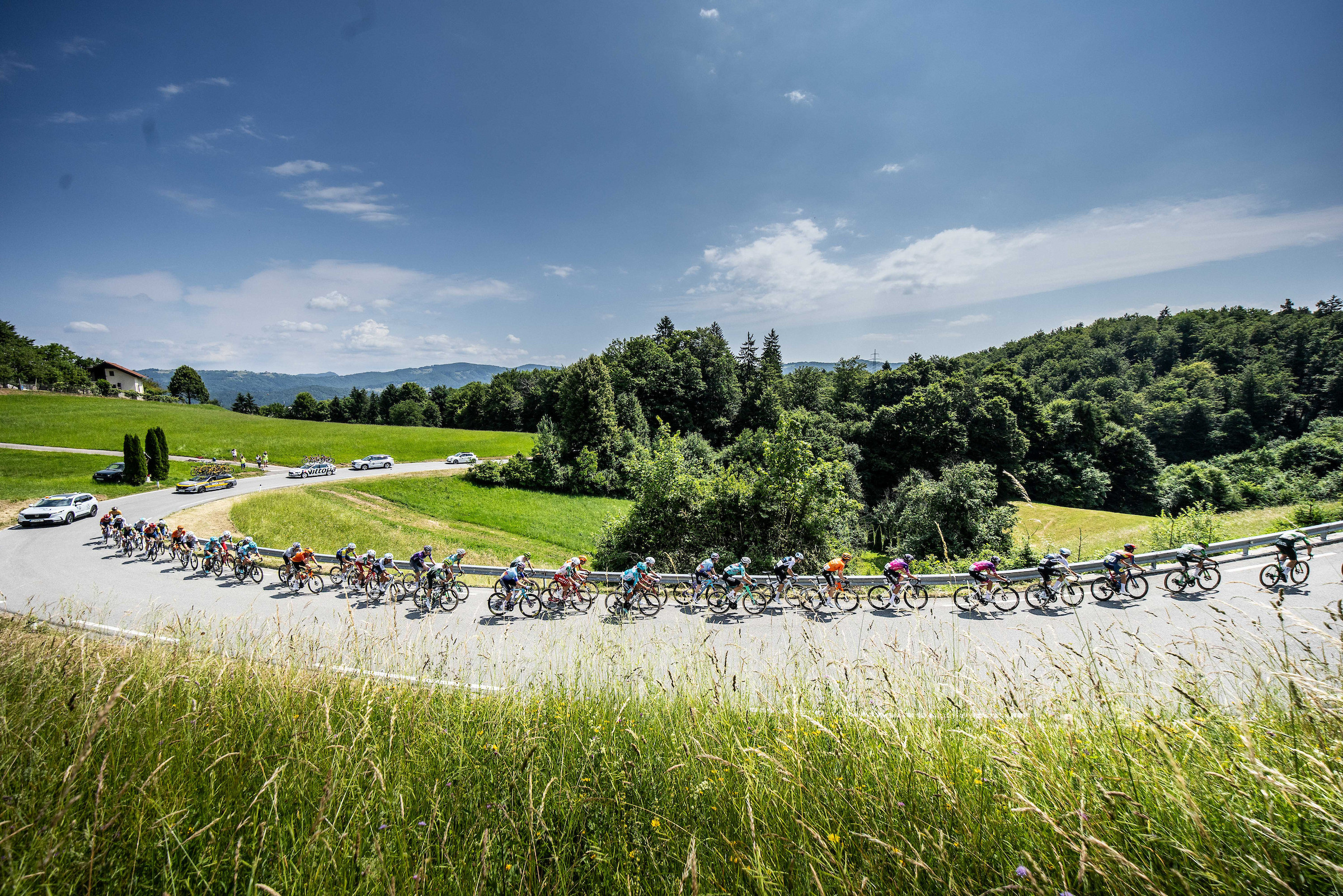
2026 Tour of Slovenia dates confirmed
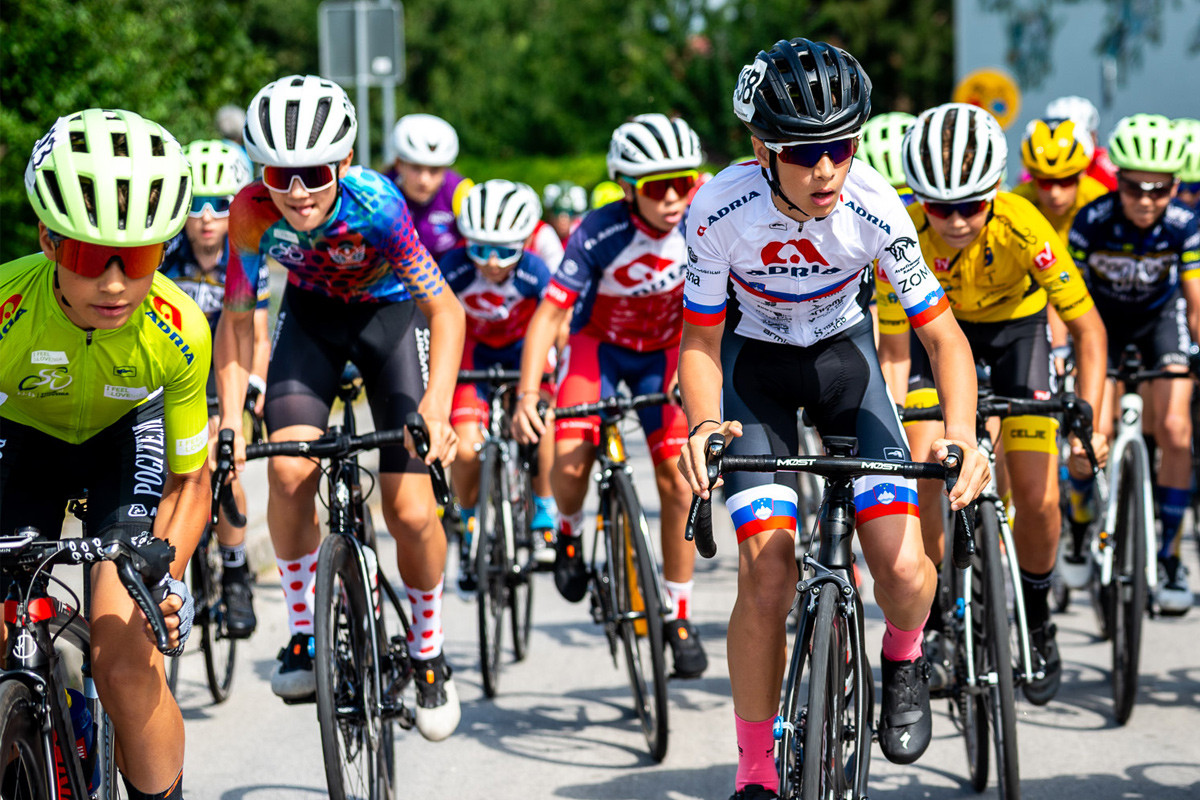
I Feel Slovenia Kids Tour of Slovenia 2025 - 2. etapa

Majice vodilnih na “otroški” Po Sloveniji
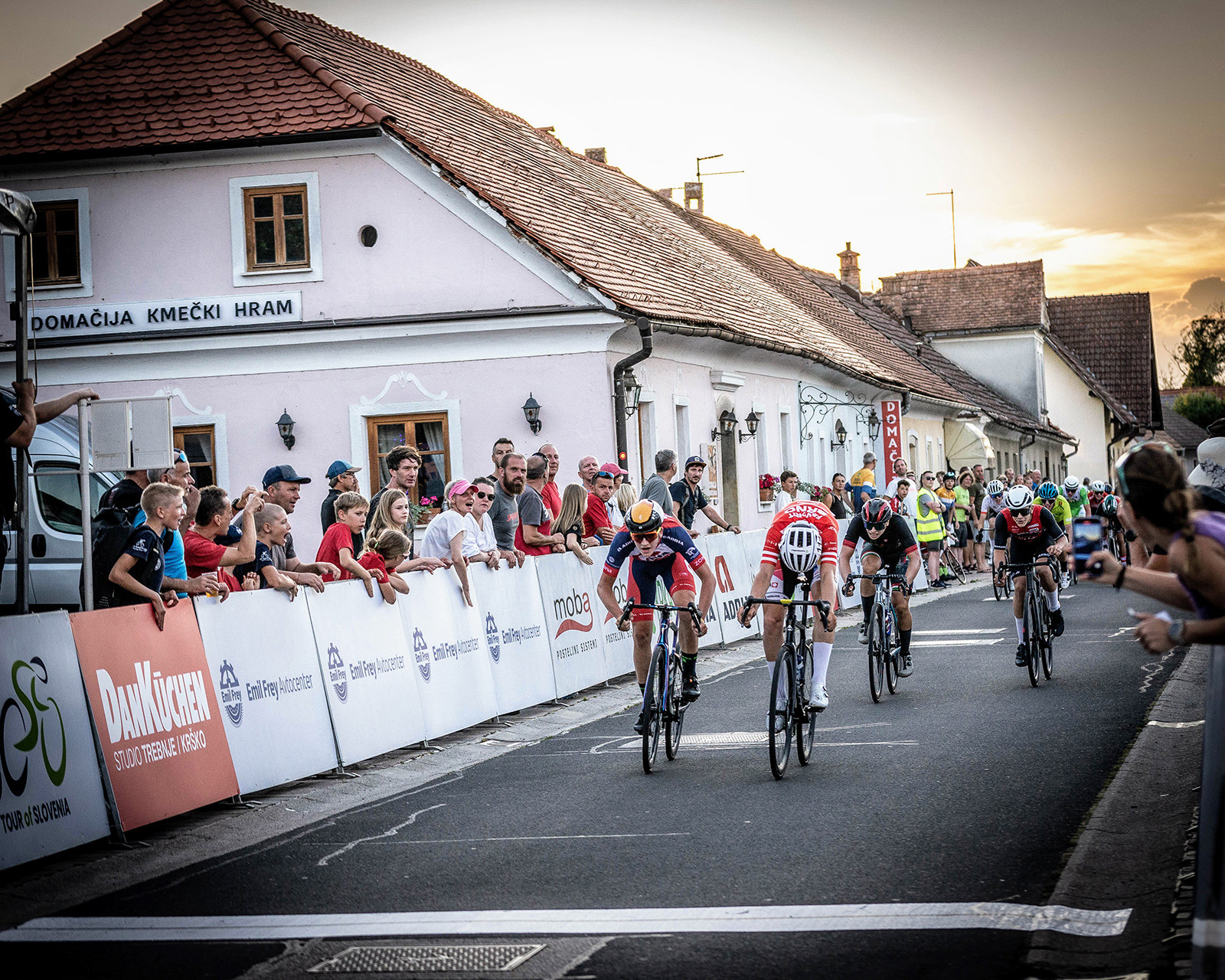
I Feel Slovenia - Kids Tour of Slovenia (4.-6. 7.)
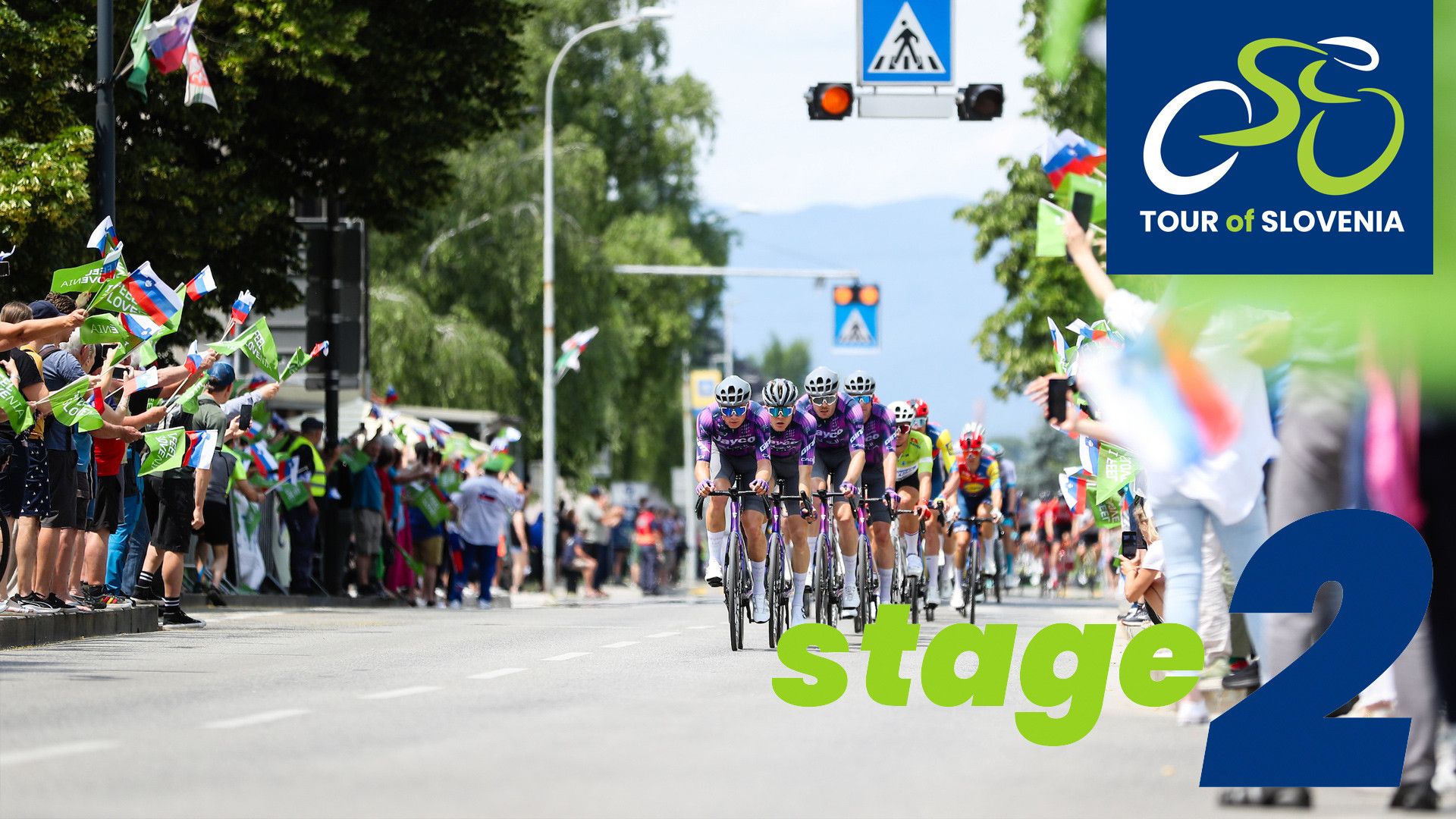
Video highlights of the 31st Tour of Slovenia
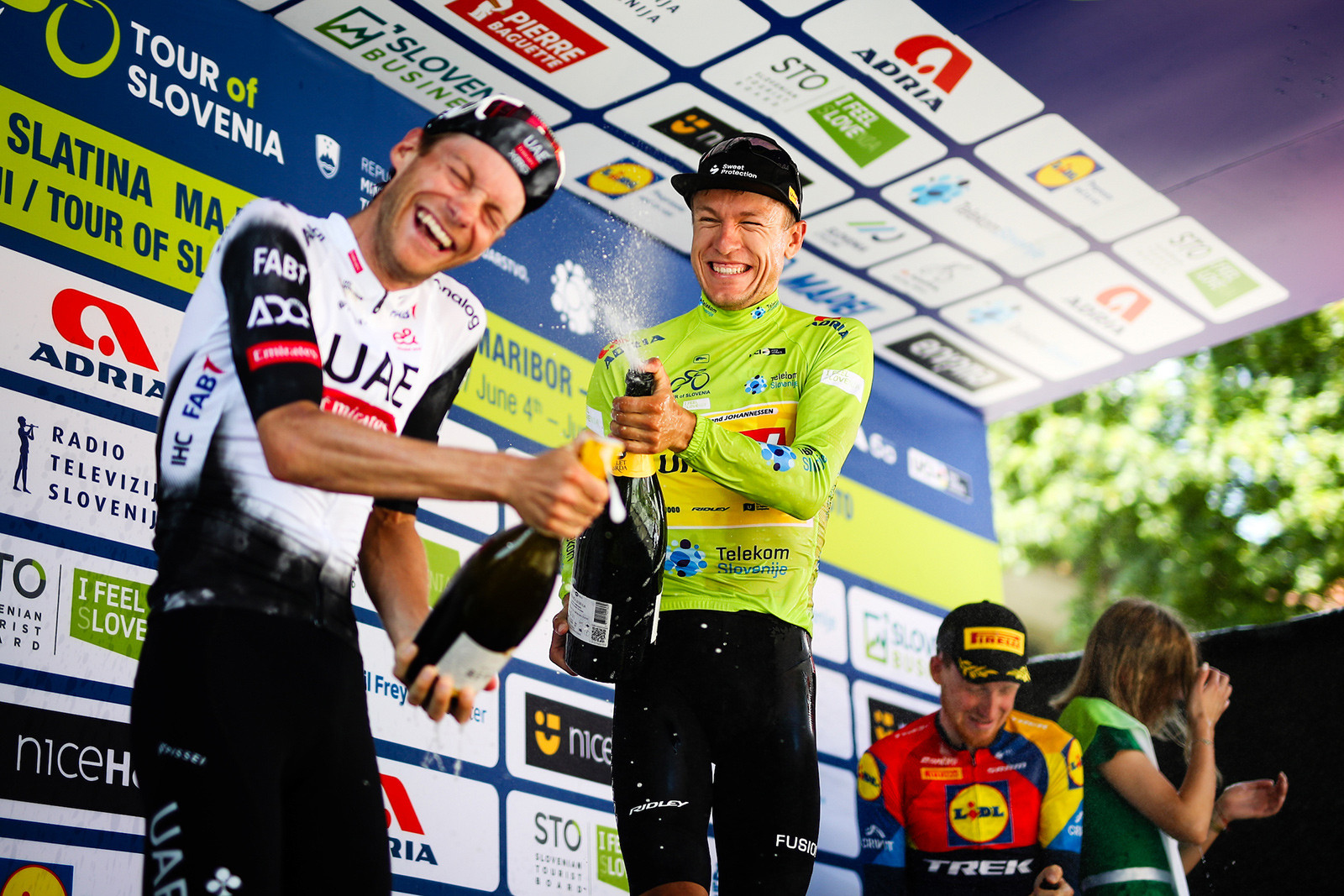
Winners of the 31st Tour of Slovenia
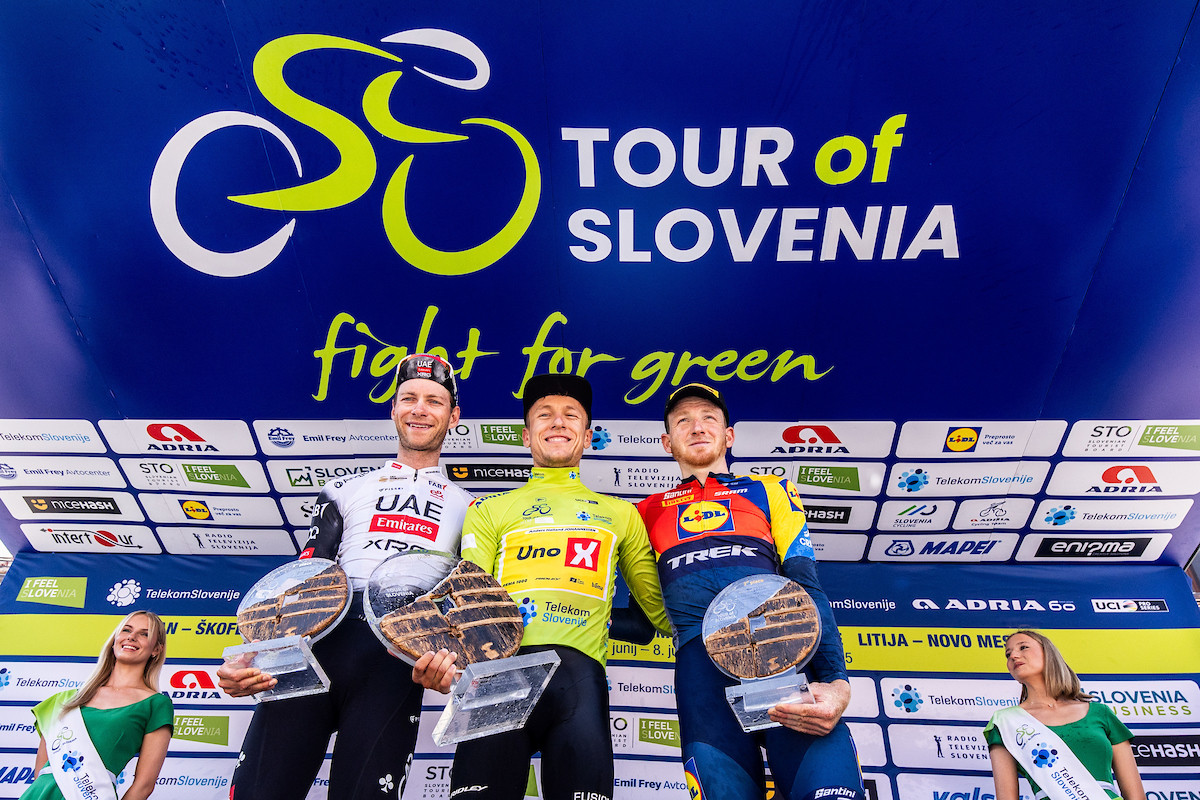
Halland Johannessen wins 2025 Tour of Slovenia
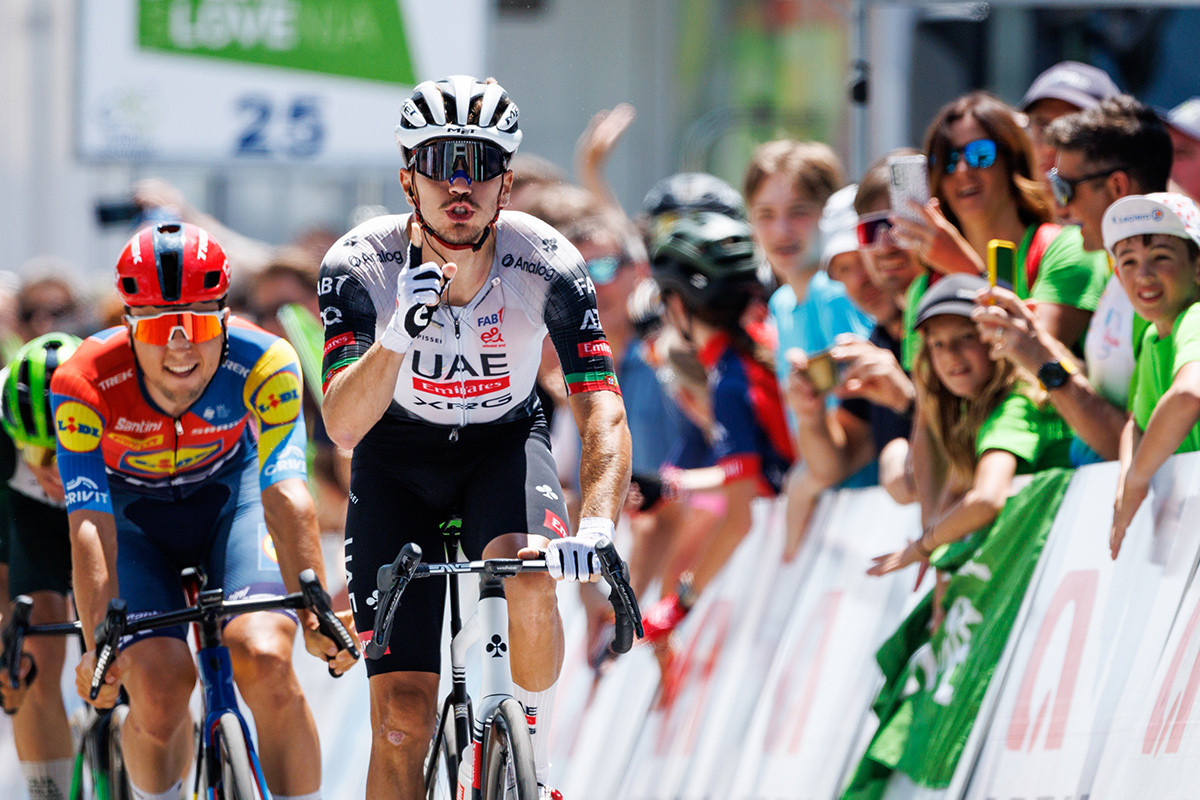
Stage 5 results (Litija-Novo mesto)
